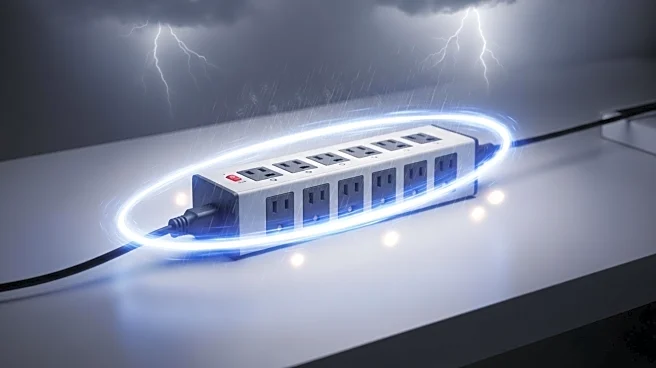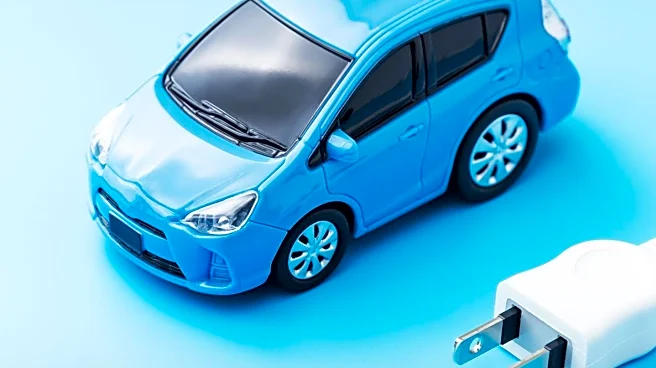What's Happening?
Consumer Reports has issued a warning to potential car buyers about the risks of purchasing flood-damaged vehicles. These cars, often appearing on used lots after major flooding events, can have significant hidden problems despite sometimes being sold with clean titles. Jon Linkov, Consumer Reports auto editor, highlights that flood damage may not always be disclosed, especially if the vehicle does not carry maximum insurance. Buyers are advised to conduct thorough inspections, looking for signs such as musty odors, sediment in door pockets, and rust on seat bolts, which indicate water exposure.
Why It's Important?
The warning from Consumer Reports is crucial as it raises awareness about the deceptive practices that can occur in the used car market. Flood-damaged vehicles can pose serious safety risks and lead to costly repairs for unsuspecting buyers. This issue is particularly relevant in areas prone to flooding, where the likelihood of encountering such vehicles is higher. By educating consumers on how to identify flood damage, Consumer Reports is helping to protect them from potential financial loss and safety hazards. This advisory also underscores the need for stricter regulations and transparency in the automotive industry.
Beyond the Headlines
The issue of flood-damaged cars entering the market touches on broader ethical and legal concerns. Selling these vehicles without proper disclosure not only violates consumer trust but also raises questions about the accountability of sellers and insurers. The situation highlights the importance of robust vehicle history reporting systems and the role of regulatory bodies in enforcing compliance. As climate change leads to more frequent and severe flooding events, the automotive industry may need to adapt by implementing more stringent checks and balances to prevent such vehicles from being sold.










